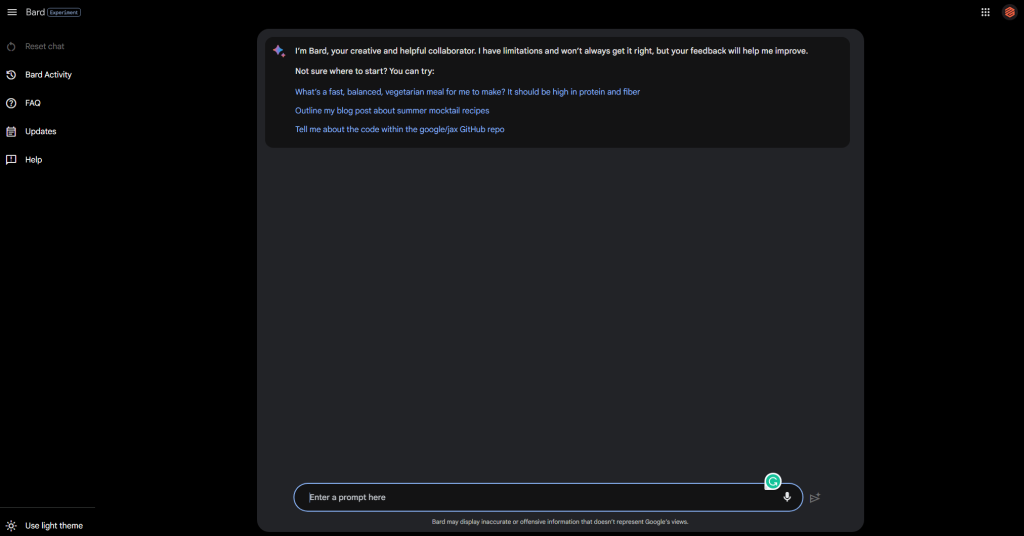Using AI
Click below for step-by-step instructions to using free AI systems and products.
Meet Bard

Click below for step-by-step instructions to using free AI systems and products.

Schedule a 10 minute free consultation with a Millennium Group tech today.